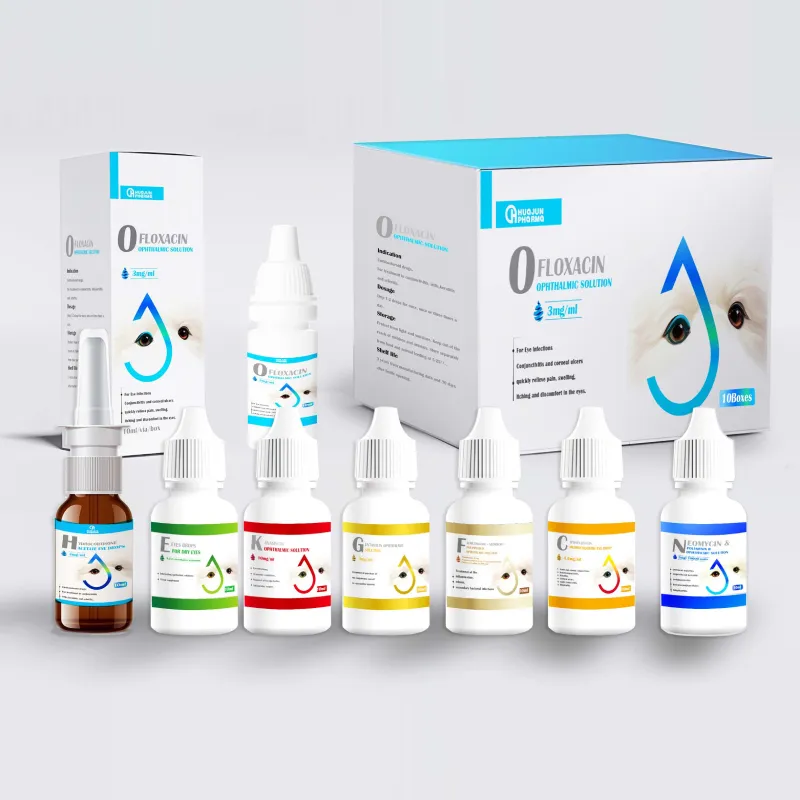
Noy . 24, 2024 17:25 Back to list
custom necrotic enteritis chickens
Custom Necrotic Enteritis in Chickens An Overview
Necrotic enteritis is a significant bacterial disease affecting poultry, particularly chickens. It is primarily caused by the overgrowth of *Clostridium perfringens*, a gram-positive bacterium that thrives in anaerobic conditions within the gastrointestinal tract. This condition can lead to severe morbidity and mortality in affected flocks, making it a critical concern for poultry farmers and veterinarians alike.
Etiology and Pathogenesis
The onset of necrotic enteritis typically occurs when there is an imbalance in the gut microbiota, often triggered by stress factors such as dietary changes, co-infections, and antibiotic use. The pathogenesis involves several stages, beginning with the damage to the intestinal lining that creates a suitable environment for *C. perfringens* to proliferate. The bacteria produce various toxins, particularly alpha-toxin, which can cause enterocyte death and extensive necrosis in the intestinal wall. This necrosis can lead to systemic infection as bacteria disseminate into the bloodstream, posing additional health risks to the animal.
Signs and Symptoms
Clinical signs of necrotic enteritis may vary, but common symptoms include unexpected weight loss, lethargy, reduced feed intake, and diarrhea that may contain blood or necrotic tissue. In severe cases, sudden death can occur, often without prior noticeable signs. Affected birds may also exhibit a foul odor from the vent due to the presence of necrotic tissue in the intestines.
Diagnosis
Accurate diagnosis of necrotic enteritis generally involves a combination of clinical observation and laboratory testing. Veterinarians often perform necropsies to examine the intestinal tract and confirm the presence of necrotic lesions. Histopathological examination of affected tissues can reveal characteristic changes such as the presence of gram-positive rods and evidence of necrosis. Additionally, isolation and identification of *C. perfringens* from intestinal samples are crucial for definitive diagnosis.
custom necrotic enteritis chickens

Treatment and Management
Managing necrotic enteritis requires a multifaceted approach. The cornerstone of treatment often includes the use of antibiotics to control *C. perfringens* populations and mitigate the severity of the infection. Common antibiotics prescribed include penicillin, tiamulin, and bacitracin, but it's crucial to use these medications judiciously to avoid further resistance issues.
Nutrition plays a vital role in both the prevention and treatment of necrotic enteritis. Ensuring that chickens receive a balanced diet, rich in prebiotics and probiotics, can help maintain a healthy gut microbiota and reduce the risk of bacterial overgrowth. Furthermore, incorporating feed additives that enhance gut health, such as organic acids and enzyme products, can support intestinal integrity and reduce disease incidence.
Prevention Strategies
Preventive measures are essential for reducing the incidence of necrotic enteritis in poultry flocks. Maintaining high standards of biosecurity can help minimize the introduction and spread of pathogens. This includes regular cleaning and disinfection of facilities, controlling the movement of birds, and managing stressors such as overcrowding and temperature fluctuations.
Vaccination is another strategy that may play a role in reducing the risk of necrotic enteritis. While there are currently no specific vaccines against *C. perfringens*, vaccines targeting other diseases can improve overall flock health and resilience, making chickens less susceptible to opportunistic infections.
Conclusion
Custom necrotic enteritis in chickens remains a major challenge for the poultry industry. Understanding the etiology, transmission, and management strategies of this disease is vital for effective control. By focusing on good husbandry practices, proper nutrition, and proactive veterinary care, poultry producers can significantly reduce the prevalence of necrotic enteritis, ensuring the health and productivity of their flocks. Continued research and development of targeted interventions will further aid in combating this detrimental disease, contributing to the sustainability and efficiency of poultry production worldwide.
-
Immunovital Fish Feed Factory | AI-Optimized Nutrition
NewsAug.03,2025
-
Quality Bacillus Coagulans BC30 Factory - Expert Production
NewsAug.02,2025
-
Acute Salpingitis and Oophoritis AI Factory
NewsJul.31,2025
-
Premium China Bacillus Subtilis Supplier & Factory Solutions
NewsJul.30,2025
-
Premium Avermectin Supplier in China | Custom Solutions Available
NewsJul.29,2025
-
China Bacillus Subtilis Supplier - Custom Factory Solutions
NewsJul.29,2025


